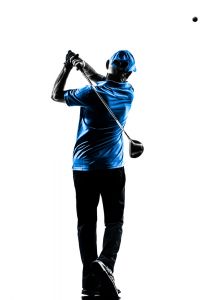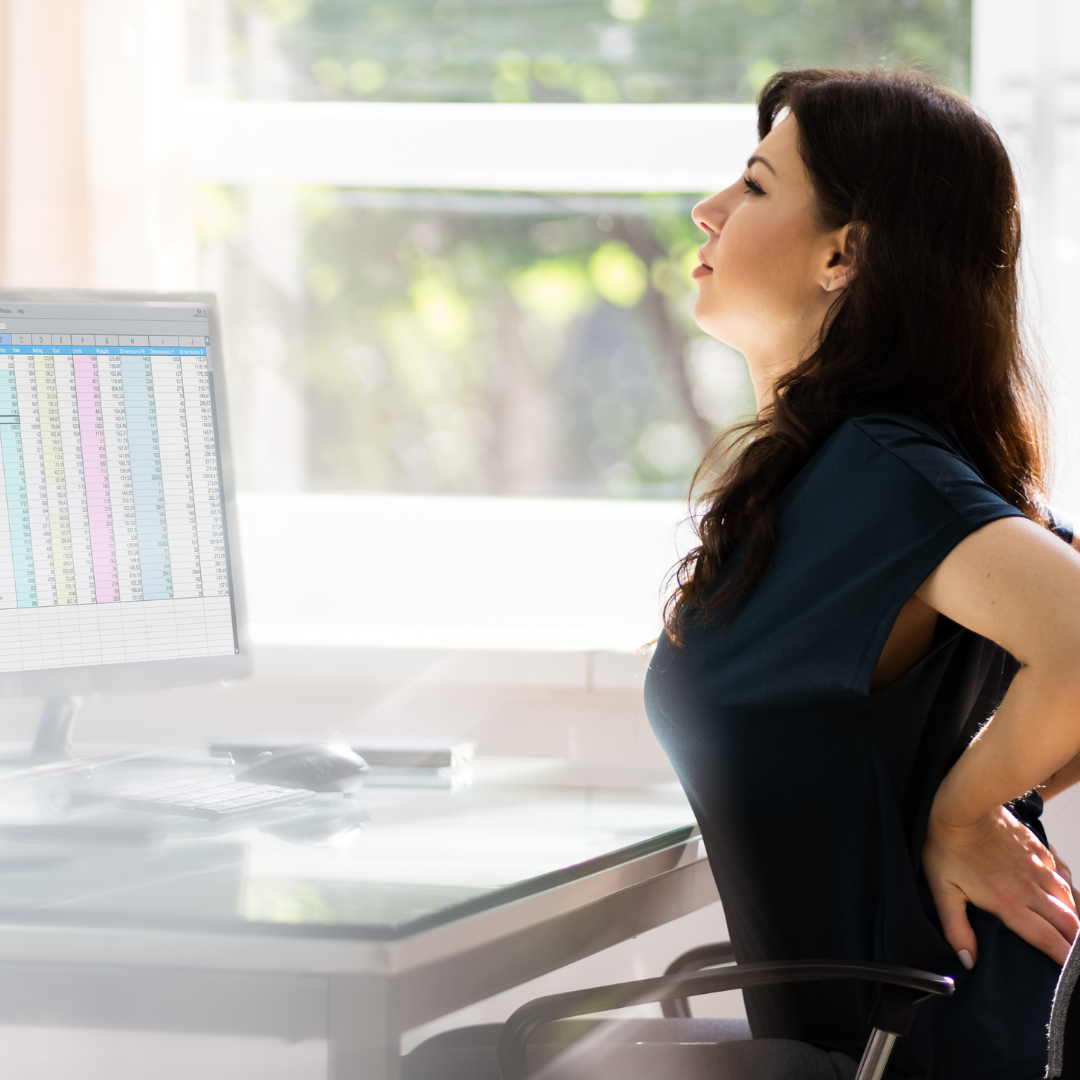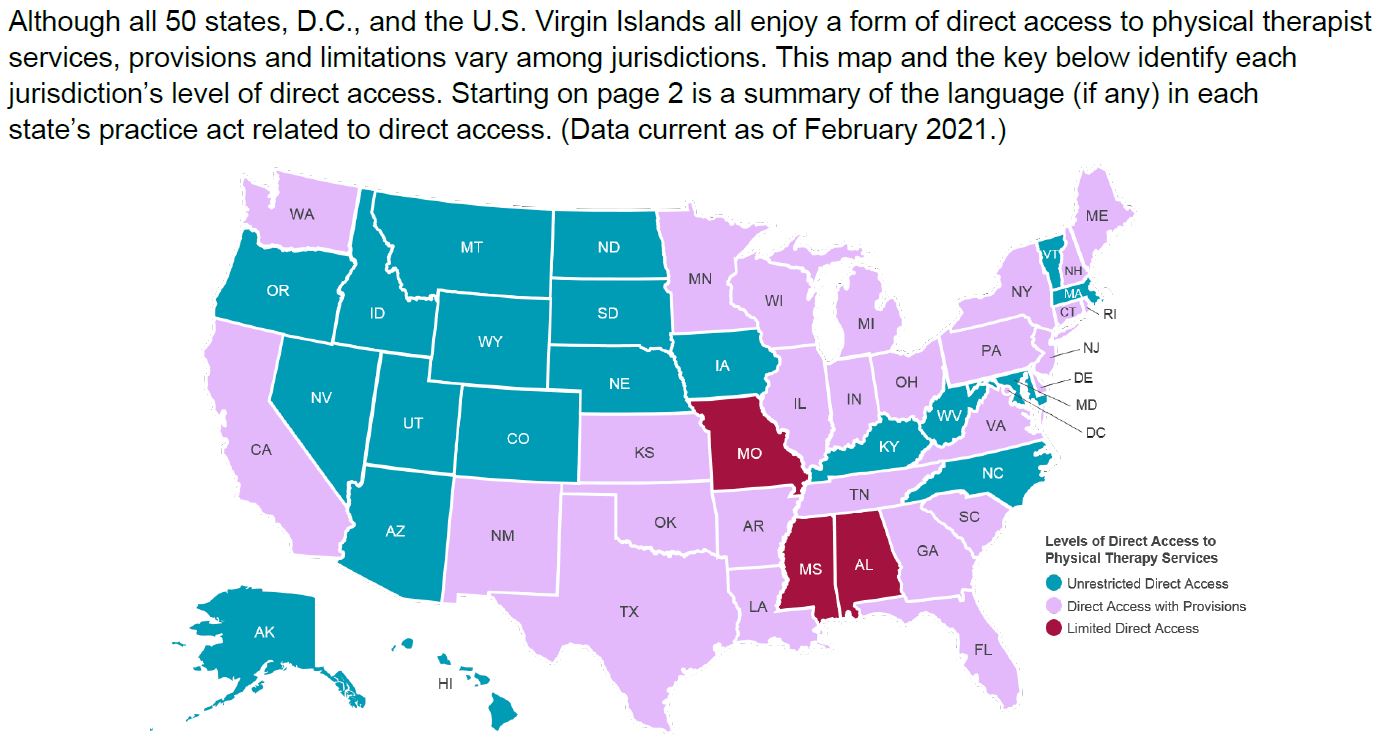Returning to golf following knee surgery
 Returning to golf following a knee surgery can be a challenging yet rewarding endeavor. Golf places extremely high levels of dynamic forces on the tissues surrounding the knee. A safe return to the sport relies on complete control of these forces. Proper rehabilitation includes physical therapy to increase range of motion, decrease swelling, increase strength, and to protect the integrity of the tissues about the knee. As treatment progresses, a physical therapist will identify multi-planar forces placed on the knee during all phases of the golf swing and allow safe advancement into more sport-specific activities.
Returning to golf following a knee surgery can be a challenging yet rewarding endeavor. Golf places extremely high levels of dynamic forces on the tissues surrounding the knee. A safe return to the sport relies on complete control of these forces. Proper rehabilitation includes physical therapy to increase range of motion, decrease swelling, increase strength, and to protect the integrity of the tissues about the knee. As treatment progresses, a physical therapist will identify multi-planar forces placed on the knee during all phases of the golf swing and allow safe advancement into more sport-specific activities.
There is no uniform set of exercises or activities which suits all injuries, surgeries, or people. The following will introduce a few common surgeries and affected tissues.
Meniscectomy or Meniscus Repair:
In both of these procedures, the primary affected tissue is the meniscus. The meniscus is cartilaginous tissue which rests between the femur and the tibia. It disperses forces placed on the knee, especially during weight bearing activities, reduces friction on the articular surfaces, and provides stability. With a meniscectomy, part or the entire meniscus is removed. Muscular and ligamentous stability is important to make up for the loss of these tissues. In a meniscus repair, the goal is to save the meniscus by suturing it to its original surface. Due to its inherent lack of a good blood supply, the healing of the meniscus takes longer than other tissues and post-operative approaches for meniscus repair will be more conservative. When returning to a sport such as golf with repetitive twisting of the knee under a load, dynamic strength and stability of the lower extremity are essential.
Anterior Cruciate Ligament (ACL) reconstruction:
The ACL is a commonly injured ligament in the knee. Ligaments are bands of fibrous, non-contractile tissues designed to stabilize joints. The ACL resists forces in multiple planes and as such full rehabilitation is important for daily and functional activities as well as golf. Repair of the ACL is performed using grafts from the hamstring tendon, patellar tendon, or with cadaver tissues. Each of the graft options has its advantages and disadvantages as well as individual post-operative protocols. Rehabilitation following ACL surgery is very important and requires months of skilled physical therapy before returning to golf activities. This will allow for graft integrity and proper stability of the knee during the golf swing.
Total Knee Replacement:
With a knee replacement, or arthroplasty, the surfaces of the femur and tibia are replaced. Swelling, pain, weakness, and tissue restriction are common following the surgery and early resolution of these impairments allows for better long-term outcomes. Golf is normally not prohibited following this procedure but any activity causing increased stresses upon the surfaces of the prosthetic materials will lead to excess wear. Improving strength and stability will increase the likelihood of a safe return.
Tendon repair:
Tendons are the interface between muscles and bones and they are the conduit for which muscle forces are transmitted. If one of the major tendons near the knee (i.e. the hamstrings or patellar tendon) is repaired it is essential to fully rehabilitate the involved structures prior to returning to golf. This will help to protect the repair against the high forces of the golf swing and to protect against secondary injuries.
It should be noted that attempting to return to golf activity prior to attaining proper dynamic stability may lead to secondary complications, further dysfunction, or failure of the surgery itself. This stability is not only crucial with the muscles surrounding the knee, but also the hip, core, ankle, and foot. If returning to golf is your goal, you should be prepared to commit to full rehabilitation.
As with any surgery, you should consult your surgeon before returning to sport. It is important to follow proper post-surgical restrictions and protocols.
Adrian Masoni, PT, DPT, has been a practicing physical therapist since 2008.
ALSO SEE : Body Mass Index (BMI) and Patellar Tendinopathy in Badminton Players



